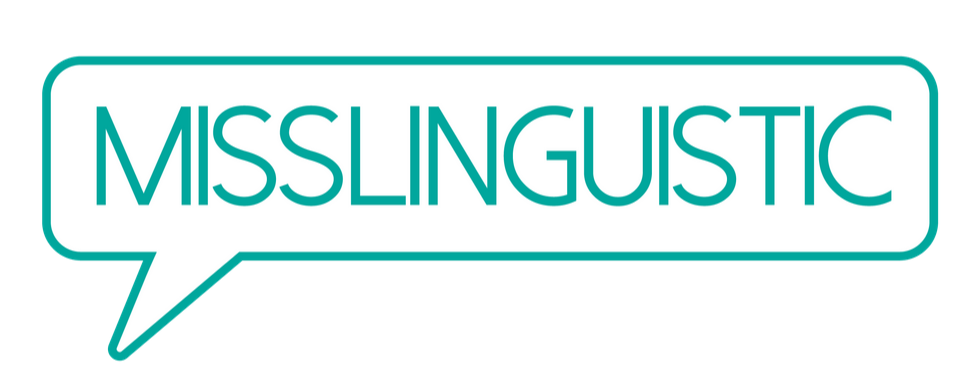Is it ok to learn a language from a non-native speaker tutor? Lately, I’ve been working on reviving my Indonesian language abilities, so I called up an old tutor.
Continue readingHow to Pronounce the Names of Indian Languages (If You Don’t Speak Any)
Ready to learn, once and for all, how to pronounce the names of the Indian languages we hear so much about? After all, 7 of the top 20 most spoken languages in the world are Indian languages …
Continue reading




